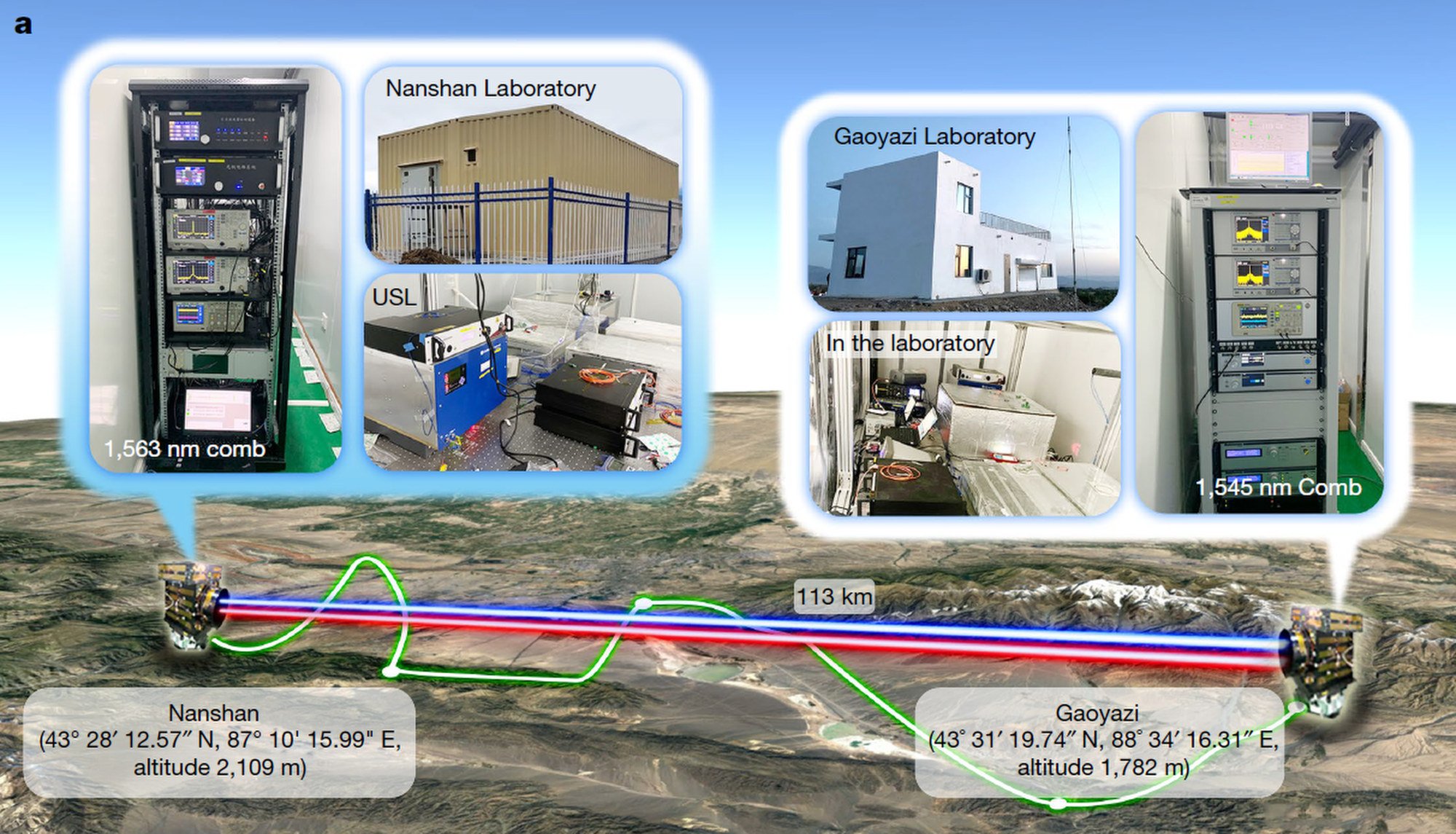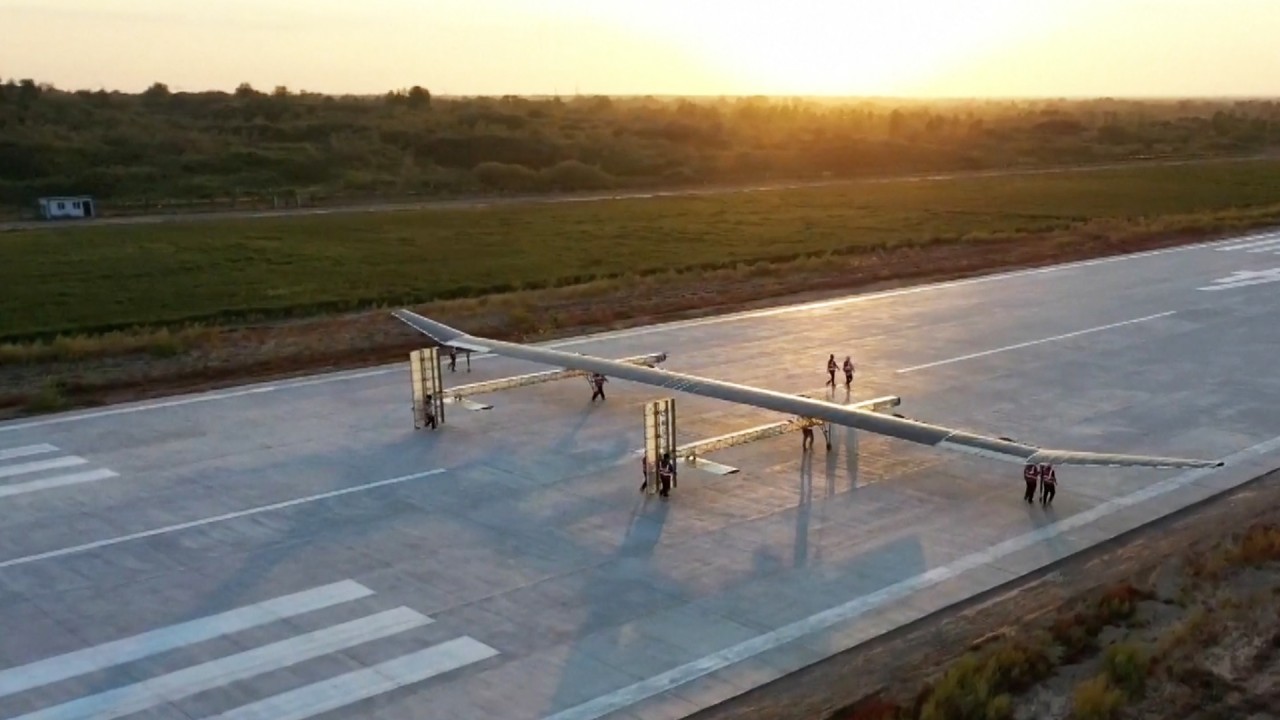
Chinese team says laser test could improve satellite navigation
- Experiment could lead to discoveries in testing general relativity, the search for dark matter and other breakthroughs in fundamental physics, researchers say
- It could also help scientists reach a new, more precise definition of the second as a unit of time
Chinese scientists say they have succeeded in an experiment that could lead to breakthroughs in fundamental physics, improve satellite navigation and redefine the second as a unit of time.

Previous attempts at sending signals through the open air were limited to a few dozen kilometres, said the research team led by quantum physicist Pan Jianwei at the University of Science and Technology of China (USTC), writing in the peer-reviewed journal Nature on Wednesday.
China launches new satellite in step towards global quantum network
David Gozzard, a fellow at the International Centre for Radio Astronomy Research in Australia who was not involved in the study, said links through the open air were needed wherever a fibre-optic cable was too expensive or impractical to be installed, such as from the ground to a spacecraft.
But this approach came with its own challenges, such as loss of power and atmospheric turbulence that could lead to frequent signal dropouts, said Gozzard, who researches laser systems for high-precision measurement.
“Whenever a time signal is transmitted from one location to the other, turbulence causes the light to randomly speed up or slow down, so the time signal arrives after different amounts of flight time, ruining the timing synchronisation,” he said.
Gozzard said the Chinese team’s efforts to suppress the effects of turbulence could be a stepping stone to creating high-precision ground-to-satellite links.
“By demonstrating their technology over 100km on the ground, the team have shown that it is able to handle the enormous power loss and huge amount of turbulence that will be experienced on a link from the ground to a spacecraft,” he said.
China’s space station may get most precise clock in orbit – if it passes test
They also said their methods could help scientists reach a new definition of the second as a unit of time.
The current definition of the second dates to 1967 and is based on a measurement of the number of cycles of radiation emitted by caesium atoms as they transition between quantum states. But as atomic clock technology advances, scientists are working to refine the unit to make it more precise.
In addition to researchers from USTC, the team included scientists from Ningbo University in Zhejiang province, Xinjiang Astronomical Observatory, Shanghai Institute of Technical Physics, the National Time Service Center and Jinan Institute of Quantum Technology in Shandong province.


